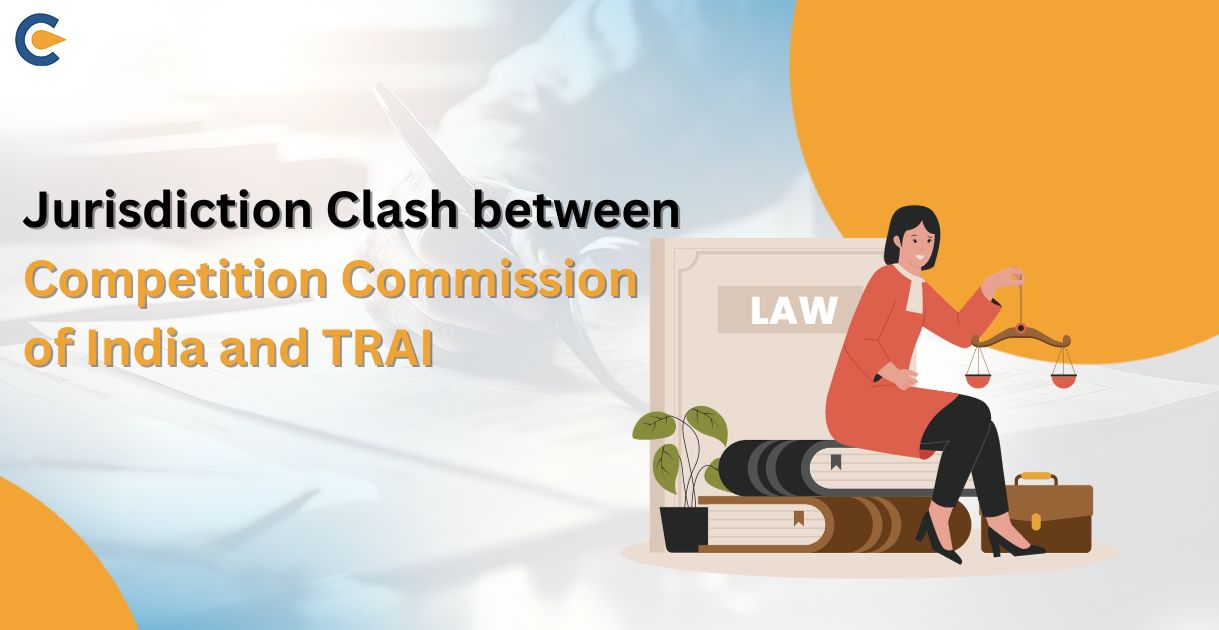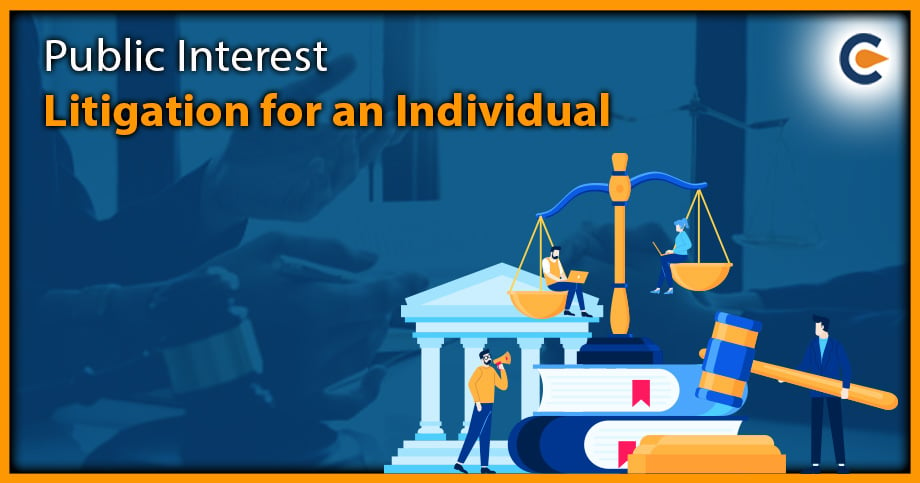Following India’s economic liberalisation reforms in the post-1991 era, significant changes occurred in the competition law regime. The Monopolies and Restrictive Trade Practices Act, 1969 (MRTP Act) was repealed, and the Raghavan Committee recommended a new competition law aligned with international standards. This led to the enactment of the Competition Act 2002, which aimed to promote competition and consumer welfare. The Competition Commission of India (CCI) was established as the general antitrust regulator, signifying a shift from the MRTP Act’s focus on market dominance to enforcement against abuse of dominant positions.
Simultaneously, the post-1991 period saw the creation of independent, statutory sector-specific regulatory authorities like the Securities and Exchange Board of India (SEBI) in 1992, the Telecom Regulatory Authority of India (TRAI) in 1997, and the Central Electricity Regulatory Commission (CERC) in 1998. These independent regulators operate autonomously, free from undue political or private influence. While these sector regulators and competition authorities share a common goal, it’s essential to recognise that they often have distinct legislative mandates and perspectives on competition issues. Sector regulators primarily handle structural and ex-ante matters, while competition authorities investigate behavioural and ex-post issues.
The collaboration between sectoral regulators and the antitrust watchdog is vital to ensure a consistent and coherent policy for a sector. This can be achieved by ensuring that sector regulators refrain from implementing anti-competitive regulations and take steps to promote effective competition through better regulation. These measures can involve addressing information asymmetry, reducing entry barriers, establishing interoperability standards, and preventing the exploitation of behavioural biases.
Regulators derive their powers, functions, and jurisdiction from their specific legal frameworks. Historically, cases of overlapping authority have arisen from different interpretations of legislative provisions in situations where both statutes contained a “non-obstante clause.” While these provisions empower sectoral regulators to safeguard consumer interests and encourage competition, they may not explicitly address the suppression of anti-competitive practices. In contrast, the Competition Commission of India (CCI) is mandated to ensure a fair playing field and actively address anti-competitive practices across various sectors.
Regulatory Overlap in Telecom Sector: Jurisdictional Conflicts
Legislative Framework
In the telecom sector, regulation falls under the purview of the Telecom Regulatory Authority of India (TRAI) and the Department of Telecom (DoT). TRAI, established in accordance with the Telecom Regulatory Act of 1997, serves the primary purpose of regulating the telecommunications industry and protecting the interests of investors and consumers. Section 38 of the Act supplements the powers of the Telegraph Authority to execute various roles and functions.
As stipulated in Section 11 of the TRAI Act, TRAI’s role is to “facilitate competition and promote efficiency in the operation of telecommunication services to encourage the growth of such services.”
Simultaneously, the Competition Act of 2002, particularly when combined with its preamble and Section 18, designates the Competition Commission of India (CCI) with the responsibility of “promoting and sustaining competition” within the Indian economy. This signifies that CCI has the primary jurisdiction to regulate competitive conditions in India’s relevant markets. Section 18 mandates the Competition Commission of India to promote fair competition and safeguard market participants’ interests. CCI’s role includes preventing and addressing illegal and anti-competitive practices while simultaneously fostering competition and protecting consumer interests. Both legislative frameworks share a common objective: to create an environment that supports fair competition.
However, these overlapping objectives and mandates between TRAI and the Competition Commission of India have led to jurisdictional conflicts in practice. Despite both agencies sharing a common goal, their different approaches and mandates often give rise to disputes over jurisdiction.
Resolving Jurisdictional Disputes: Notable Legal Cases
In the case of Star India vs. Sea TV Network (2006), the issue of jurisdictional conflict between TRAI and the Competition Commission of India was brought to the forefront. The Telecom Disputes Settlement Tribunal ruled that the Monopolies and Restrictive Trade Practices Act (MRTP) or the Competition Commission of India lacked the authority to address disputes related to TRAI.
A similar jurisdictional issue emerged in the case of Consumer Online Foundation vs. Tata Sky (2011). The complaint was filed against Direct to Home (DTH) service providers for allegedly restricting competition by bundling services and equipment. Customers subscribing to DTH services were required to purchase four essential components: antenna, receiver, set-top box, and smart card. Customers had to repurchase all these components when switching from one DTH subscription to another. This practice hindered new manufacturers from entering the market, thereby violating the provisions of Section 3 and Section 4 of the Competition Act, 2002. These sections pertain to preventing anti-competitive practices related to the production, supply, storage, and distribution of services and addressing the misuse of dominant positions by enterprises in the market, respectively.
The Telecom Dispute Settlement Appellate Tribunal already resolved the dispute in question, with a ruling affirming the Competition Commission’s jurisdiction. According to this decision, the Competition Commission of India has full authority and control over matters related to competition within the market.
Settling the Jurisdictional Dispute: Supreme Court’s Ruling
On December 5, 2018, a two-judge bench of the Supreme Court, in the case of Competition Commission of India v. Bharti Airtel Limited and Others, resolved the ongoing jurisdictional battle between the Competition Commission of India (CCI) and the Telecom Regulatory Authority of India (TRAI).
Factual Matrix
The dispute arose when Reliance Jio filed an application under section 19(1) of the Competition Act with the Competition Commission of India, alleging an anti-competitive agreement by Airtel, Vodafone, and Idea (referred to as incumbent dominant operators or “IDOs”) to deny point of interconnection. Following hearings, the Competition Commission of India issued a notice to the IDOs, believing that a prima facie case existed, necessitating an investigation.
The IDOs contested the Competition Commission of India’s action before the Bombay High Court, arguing that the Competition Commission of India lacked jurisdiction in the matter as TRAI was already handling it. The High Court sided with the IDOs, deeming the CCI’s exercise of jurisdiction as erroneous. It was held that TRAI, being the telecom regulator, was better equipped to address these issues. The High Court also stated that the CCI should have awaited TRAI’s final decision instead of reaching its own conclusions. Both the Competition Commission of India and Reliance Jio challenged this judgment before the Supreme Court.
Key Issues Examined by the Supreme Court
The Supreme Court delved into two main issues:
- Can the Competition Commission of India (CCI) exercise jurisdiction when the Telecom Regulatory Authority of India (TRAI) already has jurisdiction over the same matter?
- Is it permissible to file a writ petition challenging an order in the High Court under section 26(1) of the Competition Act?
Supreme Court’s Verdict
The Supreme Court scrutinised the objectives of the pertinent statutes and upheld the Bombay High Court’s ruling. The Court articulated the following conclusions:
- The case in question pertains to the telecom sector, which falls under the ambit of the TRAI Act. Due to its specialised competence, TRAI should be the initial authority to handle and decide “jurisdictional aspects”. After TRAI reaches a final determination, including findings of anti-competitive practices, the Competition Commission of India’s jurisdiction can be invoked as per the relevant provisions of the Competition Act. This approach seeks to strike a balance between the roles of TRAI and the Competition Commission of India.
- Allowing the Competition Commission of India to intervene when TRAI is already addressing the matter could lead to contradictory interpretations by these two authorities. Hence, it is crucial to prevent simultaneous jurisdiction.
- The CCI’s jurisdiction is not completely excluded; it is a matter of determining which authority should exercise jurisdiction first. If an agreement negatively affects competition within the relevant market of the country, the Competition Commission of India will exercise its jurisdiction, given its specialisation in dealing with such issues. The question of which authority should address such matters should not be disputed at any stage.
Competition (Amendment) Bill and the Unresolved Overlap Issue
The recently introduced Competition (Amendment) Bill 2022 aims to enhance consultations between the Competition Commission of India (CCI) and sectoral regulators. However, legal experts hold divergent views on whether the Bill adequately addresses all the challenges related to inter-regulatory coordination.
The Bill’s Clauses 16 and 17 propose amendments to Section 21 and Section 21A of the Competition Act, 2002, with the goal of mitigating jurisdictional conflicts between sectoral regulators and the Competition Commission of India. While these amendments represent a step in the right direction, they may not be sufficient to resolve the underlying jurisdictional issues completely. This issue was previously scrutinised in detail by the Standing Committee on Finance (15th Lok Sabha) during discussions on the Competition (Amendment) Bill in 2012. The committee recommended changing “may” to “shall” in Sections 21 and 21A of the Competition Act, 2002, in order to institutionalise a mandatory system of consultations between the Competition Commission of India and statutory regulators.
Therefore, it is essential to emphasise that the ultimate solution to this issue lies in establishing a binding consultation framework that applies to both sets of regulators, encompassing the Competition Commission of India and sector regulators. The current Bill falls short of creating such a comprehensive framework.
Promoting Cooperation: Best Practices
The potential for disputes arising from overlaps between the Competition Commission of India (CCI) and sectoral regulators is a significant concern, particularly in India, where multiple sectoral regulators are in place. Transactions may span across various regulators, making it challenging to grasp the entire picture, which hampers the ease of doing business. Moreover, the direct consequence of these conflicts is often the oversight of consumer protection, a crucial consideration. It’s important to note that while sectoral regulators in India can penalize commercial entities, they lack the power to compensate investors or consumers.
International experiences suggest that managing the interaction between sector and competition regulators can be accomplished through institutional approaches. This can involve giving primacy either to sectoral regulatory law or competition law. Alternatively, a concurrent approach may be adopted, where both competition law and sectoral regulatory law possess equal jurisdiction, often facilitated through a consultative approach.
The European model employs mandatory consultation between competition authorities and sector regulators. In countries like Mauritius South Africa, sector regulators and competition authorities must enter into memoranda of understanding (MoUs) to harmonise their jurisdictional powers. Brazil presents a fragmented institutional structure regarding the application of competition laws, but cooperation agreements are in place between competition authorities and some regulatory agencies. Argentina mandates consultation between the competition agency and sector regulators, although the requirement applies to the competition agency and not the sector regulators themselves.
A change in approach is warranted. While the Spanish Government proposed merging the competition authority and certain sector regulators into a single body, this might not be viable in a large country like India, where specialised regulators offer a holistic understanding of their respective sectors. Therefore, the focus should shift toward a more cooperative and collaborative approach.
Regarding appeals in competition cases, India has different appellate bodies for each sector, in contrast to the UK, where the Competition Appellate Tribunal serves as an independent judicial body overseeing competition across various sectors. A similar model could be adopted in India, where the Competition Appeal Tribunal becomes a common appellate body for both competition and utility sector regulators, promoting a culture of competition.
Charting a Path to Coordinated Harmony
In India, it is paramount to safeguard the Competition Commission of India (CCI) jurisdiction as the ultimate guardian against anti-competitive practices, especially within the financial sectors. The Commission’s core mission is to maintain fair market dynamics and protect the best interests of both consumers and investors. Furthermore, the penalties enforced by the Commission are notably stringent in comparison.
The analysis and resolution of competition-related concerns in the market, spanning issues such as collusion, predatory pricing, and the exertion of market dominance, should remain firmly within the purview of the Competition Commission of India. Sectoral regulators often lack the requisite resources and antitrust mechanisms to address and rectify these competition-related issues within the market effectively. Consequently, preserving the Competition Commission of India’s jurisdiction is imperative for the robust promotion of competition and the unwavering protection of consumer interests.
Conclusion
Upon a cursory examination of the judgments, the dispute may seem to have found a resolution. However, closer scrutiny reveals potential future challenges between the two regulatory authorities. The court’s decision established that TRAI holds the primary jurisdiction, and the Competition Commission of India’s role is secondary, only coming into play once TRAI has reached final conclusions. This approach contradicts the provisions of Section 21 of the Competition Act, which grants the statutory authority the ability to refer matters to the Competition Commission of India without the necessity of a final determination.
A more pragmatic and effective approach would be for both authorities to collaborate and work in tandem. Before reaching final decisions, TRAI could proactively seek input from CCI and consider CCI’s perspective as part of the decision-making process. This cooperative approach would likely lead to more effective and well-rounded outcomes.
Frequently Asked Questions (FAQs)
Section 18 of the Competition Act 2002 mandates the Competition Commission of India to ensure fair competition and protect market participants’ interests. Simultaneously, Section 11 of the Telecom Regulatory Authority of India Act, 1997, focuses on fostering competition in the telecommunications industry. Despite their shared objective of promoting fair competition, conflicts arise due to jurisdictional overlaps between these two laws.
The creation of the Competition Commission of India stemmed from the recommendations of the Raghavan Committee. Functioning as a quasi-judicial entity, it offers advisory opinions to statutory authorities and manages diverse cases. On the other hand, the Telecom Regulatory Authority of India (TRAI), a statutory body, intends to enlist up to three legal counsels. These legal experts will represent TRAI in courts and judicial forums, provide legal counsel, and prepare, review, and verify legal documents such as petitions, appeals, and responses.
The Competition Commission of India (CCI) has the authority to impose penalties ranging from none to a maximum of 10% on parties violating regulations. Penalties imposed by CCI can be nominal. Section 20 of the TRAI Act, 1997 outlines fines for deliberate non-compliance with orders from the Appellate Tribunal, with penalties of up to one lakh rupees for the first offence and up to two lakh rupees for subsequent offences. Ongoing violations may incur an additional fine of up to two lakh rupees per day of non-compliance.
Section 12 of the TRAI Act, 1997, empowers the Telecom Regulatory Authority of India (TRAI) to request information from service providers, appoint individuals for inquiries, and examine accounting books. It mandates service providers to cooperate during inquiries and maintain prescribed books of account. The TRAI can issue directions for the proper functioning of services.
Section 13 allows TRAI to issue directions to service providers specifically related to matters outlined in Section 11(1)(b). No directions are permitted under Sections 4 or 12, or Section 13, except for matters specified in Section 11(1)(b).
In the Star India vs. Sea TV Network case (2006), the Telecom Disputes Settlement Tribunal ruled that the MRTP or the CCI lacked the authority to handle disputes related to TRAI, addressing jurisdictional conflicts. The issue resurfaced in Consumer Online Foundation vs. Tata Sky (2011), where DTH service providers were accused of limiting competition through equipment requirements. The Telecom Dispute Settlement Appellate Tribunal affirmed the Competition Commission’s jurisdiction over the matter, establishing CCI’s authority in competition-related issues in the market.
Sectoral regulators and competition authorities share the goal of enhancing economic performance but differ in their approaches. Sector-specific regulators focus on reducing the adverse effects of market power with behavioural conditions, while competition authorities aim to diminish market power using structural remedies. The challenge is determining the application of general competition laws to sectors with increased competition and assigning responsibility for enforcement, revealing overlap and mutual reinforcement areas.
The 2002 Competition Act in India aims to prevent anti-competitive practices, market dominance abuse, and adverse effects of mergers. It promotes pro-competitive behaviour, addresses overlaps with sector-specific laws, and includes features like extraterritorial jurisdiction. The Act regulates mergers, dominant positions, and agreements, categorizing them into horizontal and vertical agreements. Except for specified exceptions, all agreements harming competition in India are considered void under Section 3 of the Act.
Read Our Article: Section 103 Of The Companies Act, 2013: Quorum Of Meetings










